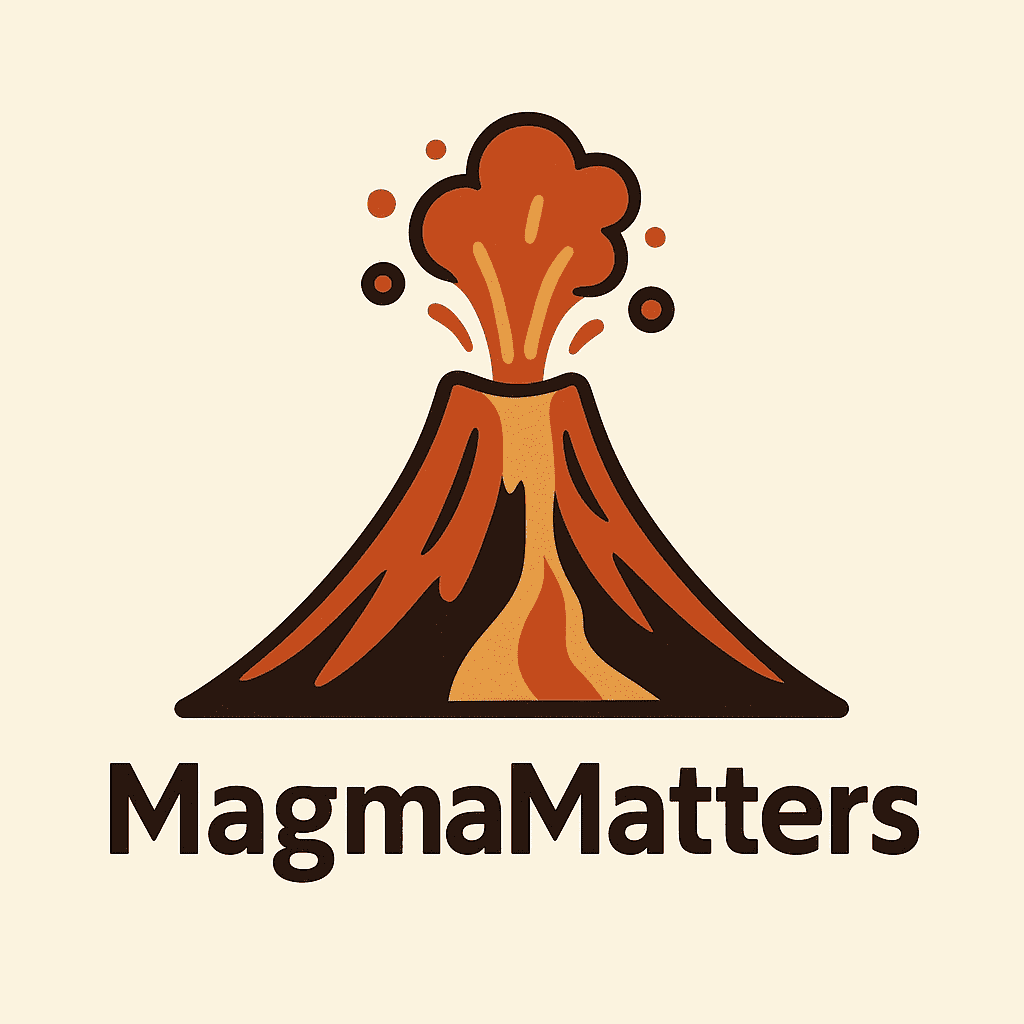Volcanoes: Stages and Transitions presents a comprehensive overview of the formation, behavior, and impact of volcanoes. From their origin deep within the Earth’s crust to the mesmerizing eruptions of lava and ash, we delve into the fascinating world of these natural wonders. By understanding the stages of a volcano’s life cycle, from its birth to its dormant state, we gain valuable insights into predicting future activity and minimizing the risks to communities. As we explore the different types of volcanoes and their geographical distribution, we also uncover the causes of eruptions, the hazards they pose, and the benefits they bring. So join us on this enlightening journey as we unravel the mysteries of volcanoes and gain a deeper appreciation for the power and beauty of our planet’s volcanic activity.
Understanding Volcanoes
Volcanoes are fascinating and powerful natural phenomena that have captivated humans for centuries. In order to truly appreciate their awe-inspiring nature, it is important to understand what exactly a volcano is, how it impacts the environment, and the contributions it makes to the ecosystem.
What is a Volcano
At its core, a volcano is a vent in the earth’s crust through which molten rock, gases, and debris escape to the surface, resulting in eruptions of lava and ash. These eruptions can take various forms, from relatively quiet and non-explosive to highly explosive and destructive. Volcanoes can be found at sites along plate boundaries, hotspots under the earth’s crust, or rift zones where the tectonic plates are moving apart.
Impact of Volcanoes on the Environment
Volcanic eruptions have a significant impact on the environment, both locally and globally. They release large amounts of gases such as carbon dioxide, sulfur dioxide, and water vapor into the atmosphere, which can contribute to climate change and affect air quality. The ash and other particles ejected during eruptions can also have a cooling effect on the planet by reflecting sunlight back into space.
Contributions of Volcanoes to the Ecosystem
While volcanic eruptions can be destructive, they also play a vital role in shaping and enriching the ecosystem. The lava and ash released during eruptions can create new land, providing fertile ground for plants and animals to thrive. Volcanic soils are rich in nutrients and minerals, making them ideal for agriculture. Additionally, volcanic activity can create new habitats and promote the formation of unique ecosystems.
Types of Volcanoes
There are several different types of volcanoes, each with its own distinct characteristics and eruption styles. Let’s explore some of the most common types:
Shield Volcanoes
Shield volcanoes, such as those found in Hawaii, have broad, gently sloping sides and are formed by the eruption of highly fluid basaltic lava. These eruptions tend to be non-explosive and result in the gradual buildup of a large, shield-shaped mountain.
Composite Volcanoes
Composite volcanoes, also known as stratovolcanoes, are steep-sided and made up of alternating layers of lava flows, ash, and other volcanic debris. They are typically associated with explosive eruptions due to the thicker and more viscous magma that they erupt.
Cinder Cone Volcanoes
Hazards of Volcanoes
Despite their benefits, volcanoes can pose significant hazards to human life and the environment. Let’s explore some of the most common hazards associated with volcanic eruptions:
Lava Flows
Lava flows are streams of molten rock that can travel at varying speeds, depending on their viscosity. They can destroy anything in their path, including infrastructure, vegetation, and homes. The temperature of lava can range from 700 to 1200 degrees Celsius, making it extremely dangerous to encounter.
Ash Fall and Pyroclastic Flows
During explosive eruptions, volcanoes can release large quantities of ash and other volcanic debris into the atmosphere. Ash fall can cause respiratory problems and contaminate water sources, while pyroclastic flows – fast-moving clouds of hot gas, ash, and rocks – can bury entire communities within minutes.
Volcanic Gas
Volcanic eruptions release a variety of gases, including sulfur dioxide, carbon dioxide, and hydrogen sulfide. These gases can be toxic, particularly in high concentrations. They can cause respiratory issues, acid rain, and contribute to the formation of smog and air pollution.
Mitigating Risks from Volcanoes
While it is impossible to prevent volcanic eruptions, there are measures that can be taken to mitigate the risks associated with them. Let’s explore some of these strategies:
Volcano Monitoring and Predicting Activity
Continuous monitoring of volcanic activity is crucial for predicting eruptions and providing early warning to at-risk populations. Scientists use a variety of tools and techniques, such as seismometers, gas analyzers, and thermal imaging cameras, to monitor changes in volcanic behavior. This information helps in determining the timing, magnitude, and potential hazards of an impending eruption.
Planning and Preparation
Developing comprehensive volcanic hazard maps and emergency response plans is essential for effective disaster management. These maps identify areas at risk from different hazards, such as lava flows or pyroclastic flows, and help in the development of evacuation plans and infrastructure protection measures.
Evacuation Procedures
In the event of an impending eruption, timely and organized evacuations are crucial to ensuring the safety of affected communities. Establishing reliable communication channels, emergency shelters, and evacuation routes can greatly improve the outcome of evacuation efforts.
Post-Eruption Recovery
After a volcanic eruption, communities must go through a long and complex recovery process. This involves rebuilding infrastructure, restoring livelihoods, and addressing the social and psychological impacts of the disaster. International aid and support play a vital role in facilitating post-eruption recovery and long-term resilience.
In conclusion, understanding volcanoes is key to managing their risks and harnessing their benefits. By studying the different types of volcanoes, their geographic distribution, and the causes and impacts of volcanic eruptions, scientists and communities can work together to mitigate hazards and protect vulnerable populations. Volcanoes are powerful reminders of the dynamic nature of our planet, and through knowledge and careful planning, we can coexist with these majestic natural wonders.
